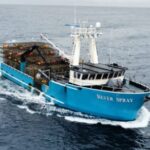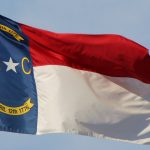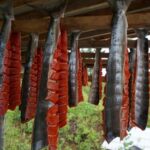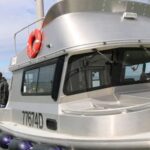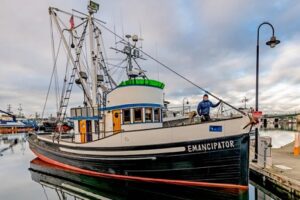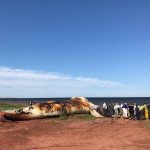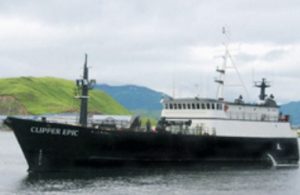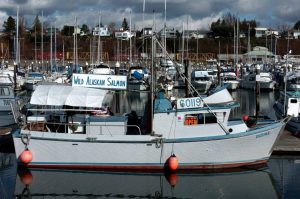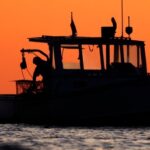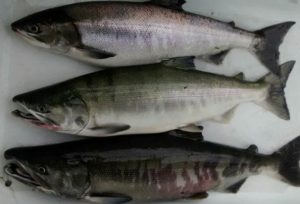Tag Archives: Atlantic States Marine Fishery Commission
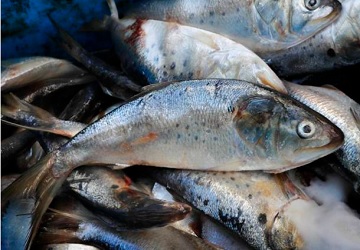
Virginia: General Assembly bill could help end debate of whether menhaden are overfished in the Chesapeake Bay
The state Senate passed a bill Wednesday to fund a study by the Virginia Institute of Marine Science to calculate menhaden populations in the state. The study would survey the number of fish over 18 months and the amount of bycatch, the unintended fish caught in the nets. The menhaden population along the Atlantic coast is considered healthy according to the Atlantic States Marine Fishery Commission, but groups such as the Virginia Saltwater Sport Fishing Association and the Chesapeake Bay Foundation want to know the numbers in the bay. Other fish, including striped bass, dine on menhaden. >click to read< 11:38

MAFMC and the ASMFC vote to screw commercial fishermen
Last week at the Atlantic States Marine Fishery Commission/ Mid Atlantic Fishery Management Council joint meeting these two management bodies voted to steal millions of dollars from the commercial fishing industry by reallocating historical quota from the commercial sector to the recreational sector. The two groups in charge of the management of Scup, Black Sea Bass and Summer Flounder voted to change the historic quotas of these species that were developed in the creation of their original management plan in the early 1990’s and used data from the 1980’s time period. Quota allocation is always a controversial issue whether it is within a fishery sector, [state by state quota] or between commercial and recreational interests. There always seems to be someone dissatisfied with the result. In regard to these three demersal species, the recreational sector was never satisfied with the results of the real data and have tried for over 25 years to change the allocations in their favor. >click to read< 07:25 By Jim Lovgren
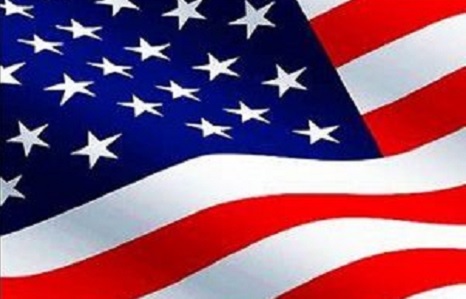
With Coronavirus pandemic ravaging our country, temporary relaxation of fishery regulations is urged to help fishing industry
Thanks to our Senators and Congressmen who worked to get specific aid to the fishing industry, that has been hit particularly hard by the closure of restaurants, where 70 per cent of seafood in this country is consumed. Fishermen and wholesalers have had to adapt on the fly and find other ways to market their product to various degrees of success. The closure of so many vital aspects of our domestic economy will have effects that will still be felt a long time after the Virus is tamed.,, I am requesting that NMFS immediately contact the various management councils and commissions to request that special meetings [webinars] of fishery advisory panels be held to discuss the pro’s and cons of this idea, and what fisheries could benefit.,,, By Jim Lovgren. >click to read< 20:48
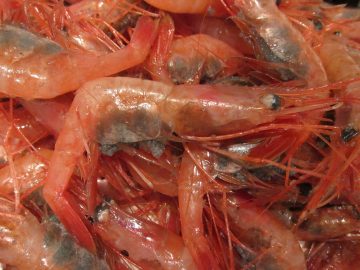
Signs of more small shrimp good news – Research shrimper: Trawls better every week
There are days when Joe Jurek must feel the loneliness of the long-distance shrimper, a solitary figure in the Gulf of Maine as the only Massachusetts commercial fisherman allowed to harvest coveted northern shrimp from a fishery just entering its fifth year of closure. Jurek, a Gloucester-based groundfisherman and the captain of the 42-foot FV Mystique Lady,,, Jurek is the Massachusetts representative in a two-state research set-aside program and is doing most of his fishing in the inshore vicinity of Cape Ann, Ipswich Bay and nearby Scantum Basin. >click to read< 19:38 

Losing hope for lobster south of Cape Cod
Tom Tomkiewicz remembers when there were so many lobster traps in Buzzards Bay it looked as if he could walk across the water on their buoys. Now, the 42-year-old lobsterman and his dwindling number of colleagues have to set their traps far out to sea, well beyond view of the coast, to catch the few lobsters that remain. “There’s nothing here,” said Tomkiewicz, one of only 35 Massachusetts lobstermen who still have permits to fish in the state and federal waters that stretch from Nantucket Sound to Long Island Sound. “It’s crazy.”,,, The steep decline has left regulators in a quandary click here to read the story 21:20
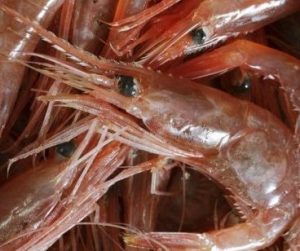
Northern Shrimp: Technical Committee recommends extending moratorium on fishing through 2018
In October, the agency that regulates shrimping in the Gulf of Maine, perhaps optimistically, approved measures that would limit northern shrimp allocations to individual states when and if the fishery ever reopens. The shrimp, or lack thereof, seem to be doing the best job of limiting those allocations. Next week, the Northern Shrimp Section, which regulates Gulf of Maine shrimping under the auspices of the Atlantic States Marine Fishery Commission, is expected to close northern shrimp fishing in the western Gulf of Maine for a fifth consecutive year. click here to read the story 14:12

Northern Shrimp – If shrimp fishery reopens, Maine to get lion’s share
The Gulf of Maine, closed since 2014 to shrimp fishermen, will operate under strict state allocations when and if it ever reopens to shrimping. The Atlantic States Marine Fishery Commission, which regulates the fishing for northern shrimp in the region, approved the new amendment that allocates 80 percent of the total allowable catch to Maine, with Massachusetts and New Hampshire each receiving 10 percent. “This the final action and it’s now in place for when the resource recovers,” Tina Berger, ASMFC spokeswoman, said Thursday.The action, known as Amendment 3, click here to read the story 08:19
Jim Lovgren – Fishery managers responsible for Summer Flounder mismanagement
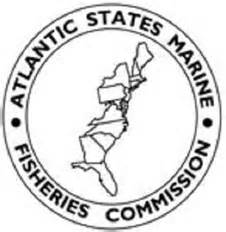 Earlier this year the state of New Jersey was found to be out of compliance by the Atlantic States Marine Fishery Commission [ASMFC] in regard to the proposed recreational catch specifications for Summer Flounder, [fluke].The ASMFC which jointly manages summer flounder with the Mid Atlantic Fishery Management Council, [MAFMC] had recommended an increase in the recreational size limit for Summer Flounder to 19 inches for New Jersey. New Jersey fishery management representatives balked at that proposal and instead presented an alternative proposal that would keep the size limit at the present 18 inches but with a shorter season which would still meet the conservation goals as the Commission’s plan. The Commission denied this alternative and declared New Jersey out of Compliance, an action that would result in the shutdown of the Summer Flounder fishery, both recreational and commercial sometime later this summer. Unfairly this shutdown would have occurred after the recreational season was over, and would only impact New Jersey’s commercial fishermen, who are already struggling with a 50% cut back in the quota over the last two years click here to read the story 11:32
Earlier this year the state of New Jersey was found to be out of compliance by the Atlantic States Marine Fishery Commission [ASMFC] in regard to the proposed recreational catch specifications for Summer Flounder, [fluke].The ASMFC which jointly manages summer flounder with the Mid Atlantic Fishery Management Council, [MAFMC] had recommended an increase in the recreational size limit for Summer Flounder to 19 inches for New Jersey. New Jersey fishery management representatives balked at that proposal and instead presented an alternative proposal that would keep the size limit at the present 18 inches but with a shorter season which would still meet the conservation goals as the Commission’s plan. The Commission denied this alternative and declared New Jersey out of Compliance, an action that would result in the shutdown of the Summer Flounder fishery, both recreational and commercial sometime later this summer. Unfairly this shutdown would have occurred after the recreational season was over, and would only impact New Jersey’s commercial fishermen, who are already struggling with a 50% cut back in the quota over the last two years click here to read the story 11:32
Atlantic States Marine Fishery Commission votes to extend closing the Gulf of Maine to shrimping
 The ASMFC’s shrimp section, the panel responsible for setting the northern shrimp regulations, voted to extend the closure throughout 2017 and to establish a 53-ton research set-aside that effectively will produce the only shrimp harvested in the next year from the Gulf of Maine. The 53-ton research set-aside more than doubles the 2016 RSA of 22 metric tons. The panel unanimously approved the motion by Terry Stockwell of Maine that calls for eight trawlers fishing from Maine and one trawler each from Massachusetts and New Hampshire to fish for eight weeks from mid-January to mid-March. The vessels will be limited to one trip per week and a catch of 1,200 pounds of northern shrimp per trip. The RSA also will allow trap fishing, with five trappers allowed to fish for eight weeks, with a limited catch of 500 pounds per week. Vessels will be limited to 40 traps and “preference will be given to individuals in the lottery with double grates and having history prior to the June 7, 2011 control date.” Read the story here 09:32
The ASMFC’s shrimp section, the panel responsible for setting the northern shrimp regulations, voted to extend the closure throughout 2017 and to establish a 53-ton research set-aside that effectively will produce the only shrimp harvested in the next year from the Gulf of Maine. The 53-ton research set-aside more than doubles the 2016 RSA of 22 metric tons. The panel unanimously approved the motion by Terry Stockwell of Maine that calls for eight trawlers fishing from Maine and one trawler each from Massachusetts and New Hampshire to fish for eight weeks from mid-January to mid-March. The vessels will be limited to one trip per week and a catch of 1,200 pounds of northern shrimp per trip. The RSA also will allow trap fishing, with five trappers allowed to fish for eight weeks, with a limited catch of 500 pounds per week. Vessels will be limited to 40 traps and “preference will be given to individuals in the lottery with double grates and having history prior to the June 7, 2011 control date.” Read the story here 09:32
Atlantic States Marine Fishery Commission will decide status Gulf of Maine shrimp fishery
 The commission is scheduled to meet Nov. 10 in Portsmouth, New Hampshire, first to review the most recent stock status report for northern shrimp and technical recommendations from the shrimp advisory panel. It will then set the specifications for the upcoming season. The stock status reports dating back to 2012 reveal a species in free fall, with record low levels of abundance and biomass and poor recruitment since 2012. Those assessments showed problems with overfishing, warming water temperatures and a dwindling number of spawning females. Maine harvesters dominated the fishery the last time it was open in 2013. Of the 207 vessels permitted to shrimp in the Gulf of Maine, 180 had hailing ports in Maine, while Massachusetts and New Hampshire each had 13. Read the story here 07:45
The commission is scheduled to meet Nov. 10 in Portsmouth, New Hampshire, first to review the most recent stock status report for northern shrimp and technical recommendations from the shrimp advisory panel. It will then set the specifications for the upcoming season. The stock status reports dating back to 2012 reveal a species in free fall, with record low levels of abundance and biomass and poor recruitment since 2012. Those assessments showed problems with overfishing, warming water temperatures and a dwindling number of spawning females. Maine harvesters dominated the fishery the last time it was open in 2013. Of the 207 vessels permitted to shrimp in the Gulf of Maine, 180 had hailing ports in Maine, while Massachusetts and New Hampshire each had 13. Read the story here 07:45
Atlantic States Marine Fishery Commission Northern Shrimp Research Set Aside Program explained!
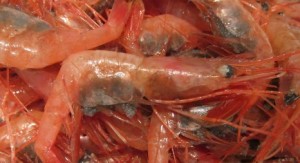 In order to maintain a continuing record of biological data collected from the northern shrimp commercial fishery, the section approved a cooperative winter sampling program that will allow a handful of harvesters to land up to a total of 22 metric tons (about 48,000 pounds) of shrimp under a “research set aside quota.” The goal of the program, according to an announcement from the commission, is “to continue the wintertime series of biological data (e.g. size composition, egg hatch timing) collected” from Gulf of Maine northern shrimp fishery catches in the absence of a commercial fishery.Read the article here 11:57
In order to maintain a continuing record of biological data collected from the northern shrimp commercial fishery, the section approved a cooperative winter sampling program that will allow a handful of harvesters to land up to a total of 22 metric tons (about 48,000 pounds) of shrimp under a “research set aside quota.” The goal of the program, according to an announcement from the commission, is “to continue the wintertime series of biological data (e.g. size composition, egg hatch timing) collected” from Gulf of Maine northern shrimp fishery catches in the absence of a commercial fishery.Read the article here 11:57

































